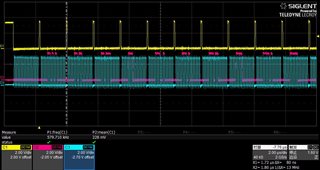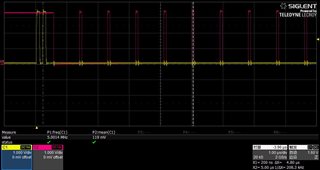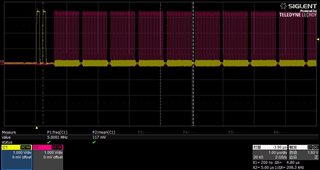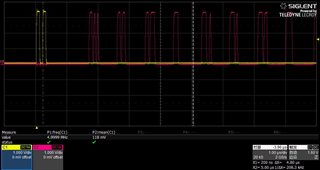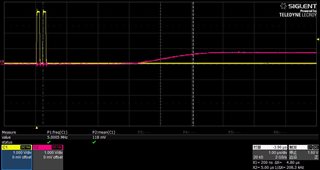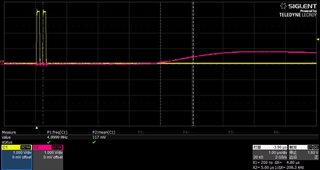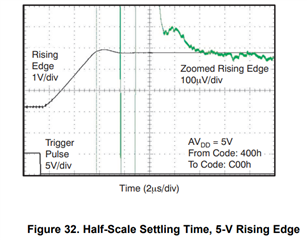Dear Expert
1. Ch 1 CS Pin ,Ch2 Clock ,Ch3 Input
2. Ch 1 CS Pin ,Ch2 Clock ,Ch3 output
3.Bode diagram

4. Schemetic

Now we have question is this chip, input normal, output have two problems, one is jitter, the other is in the way of rising, output concave .
Could u give some suggestion about our desgin ?



